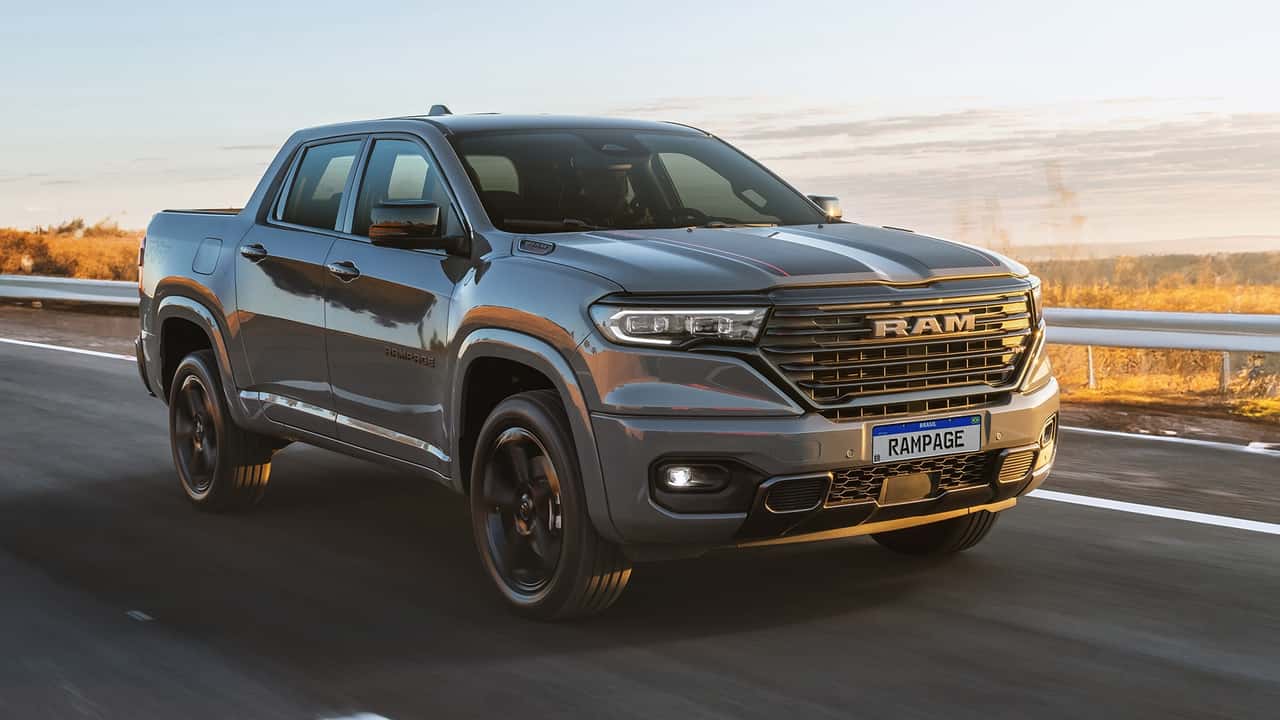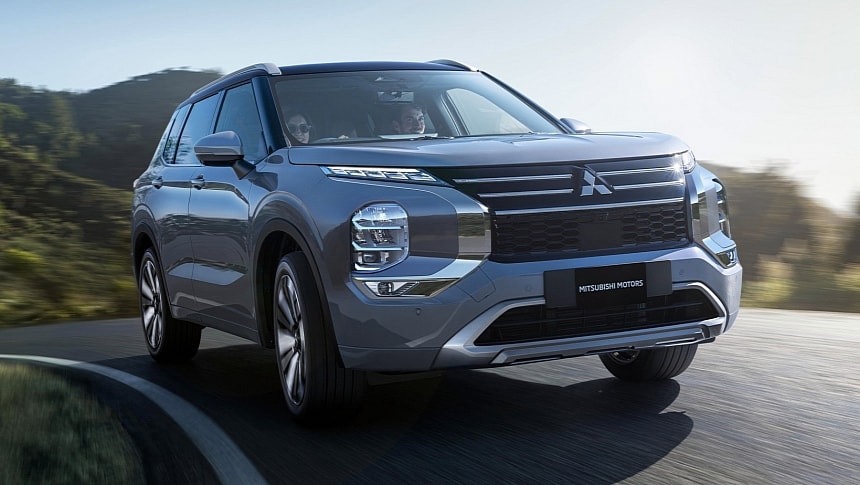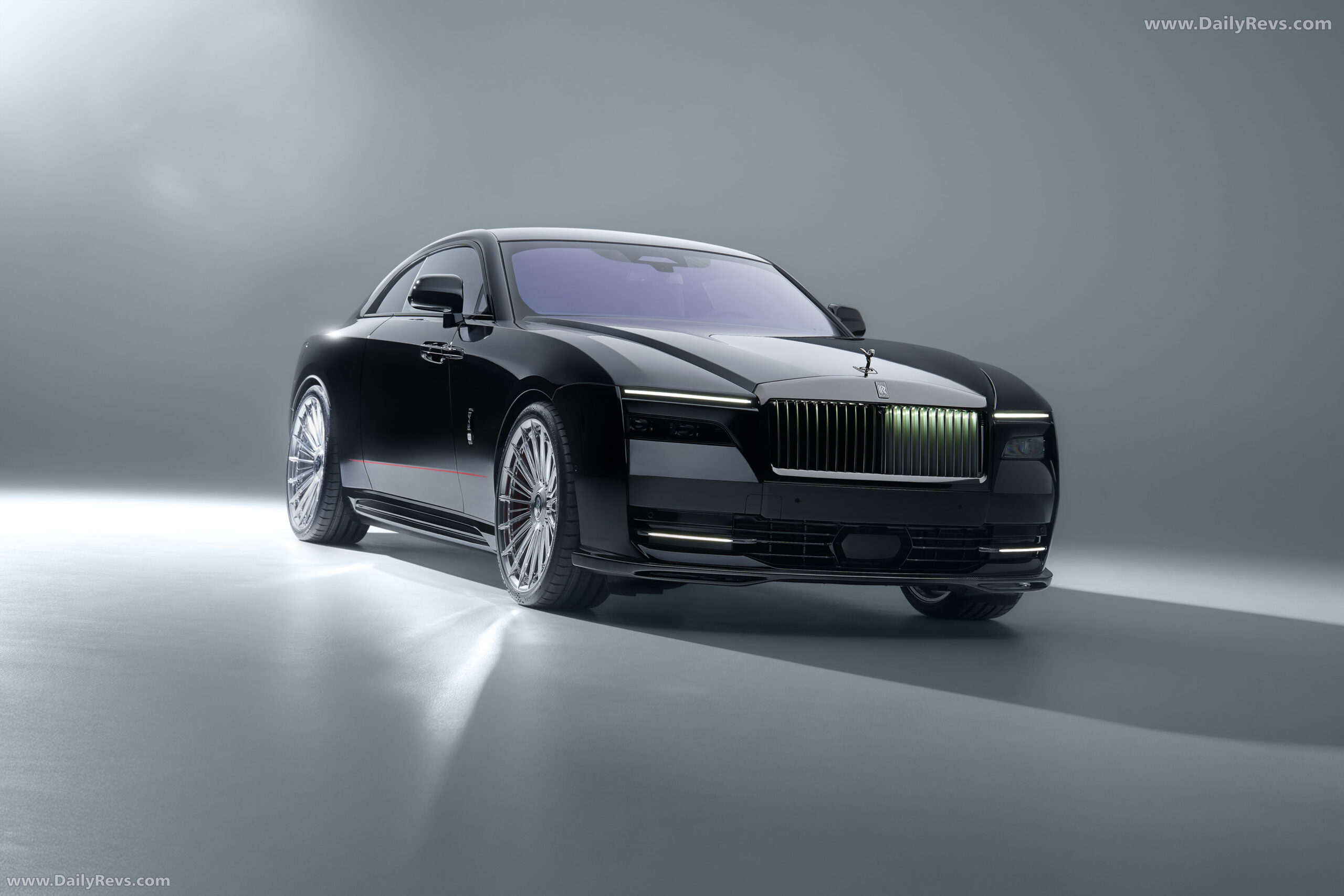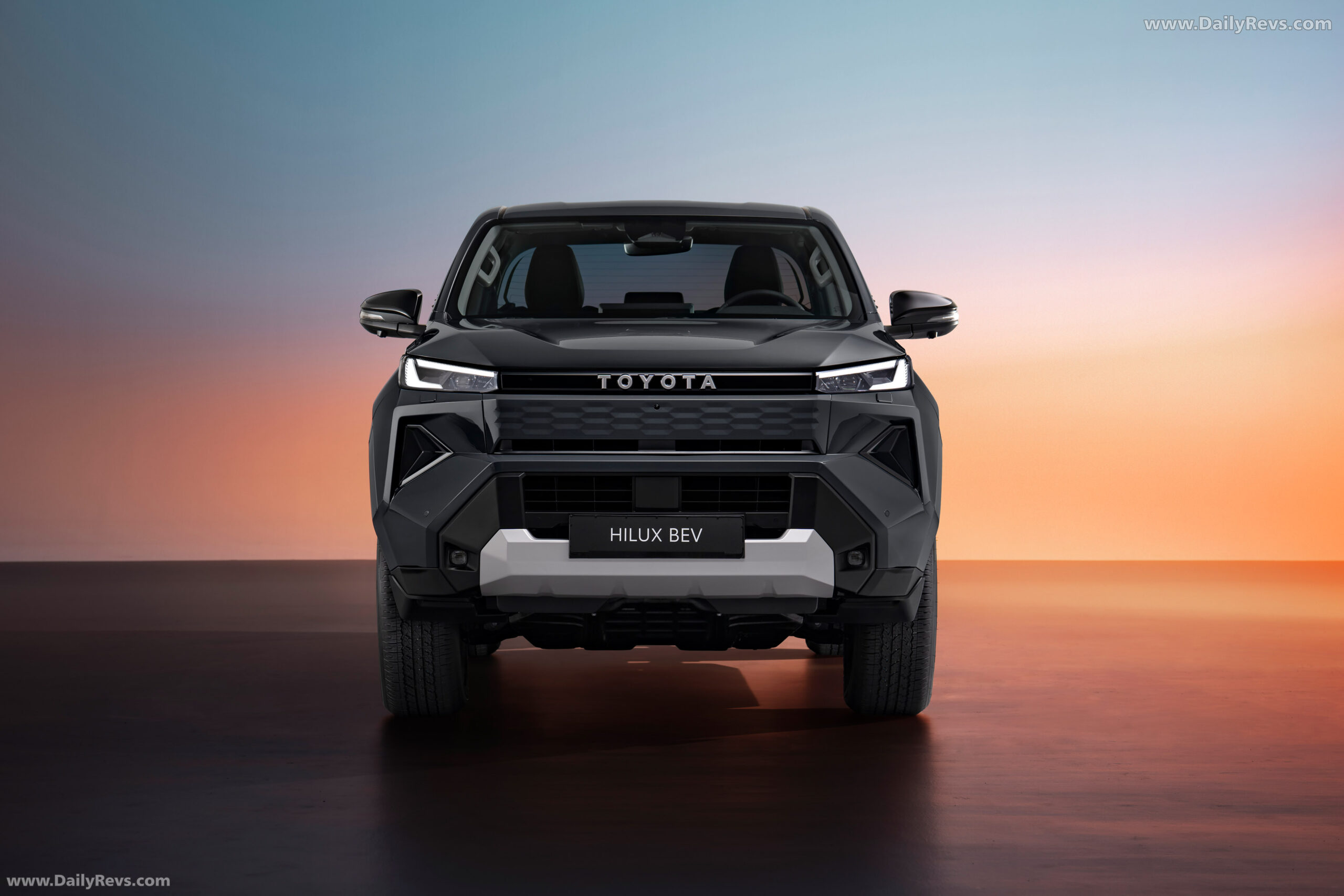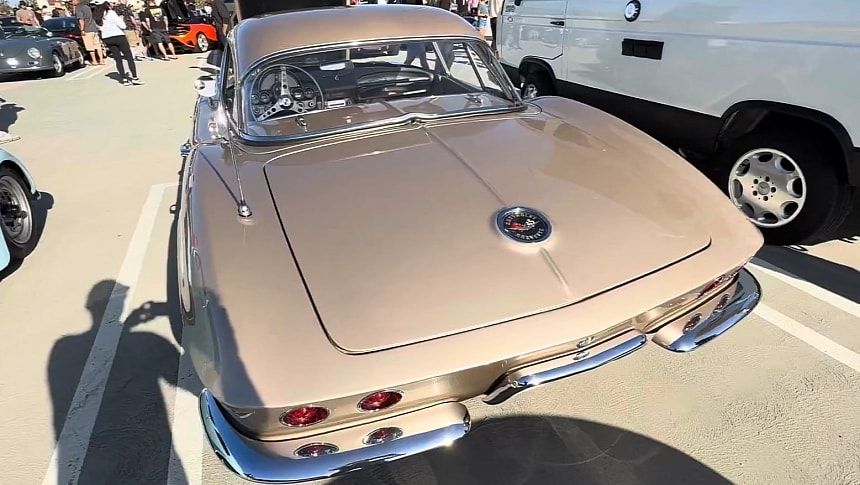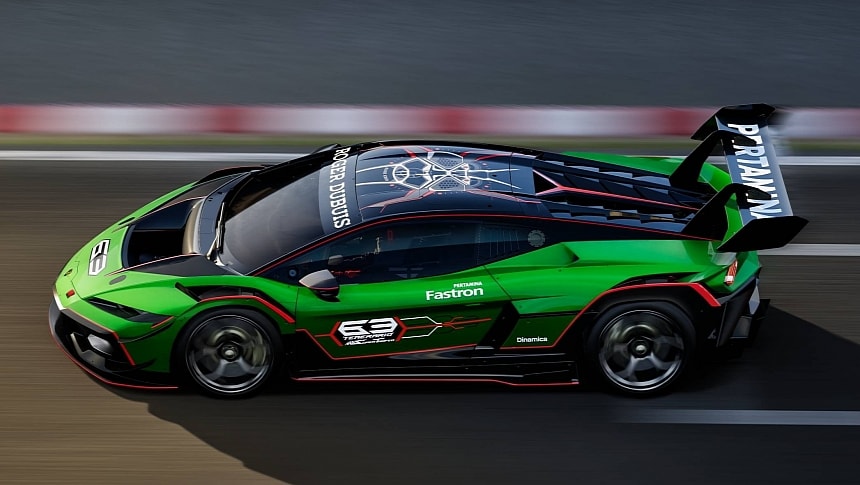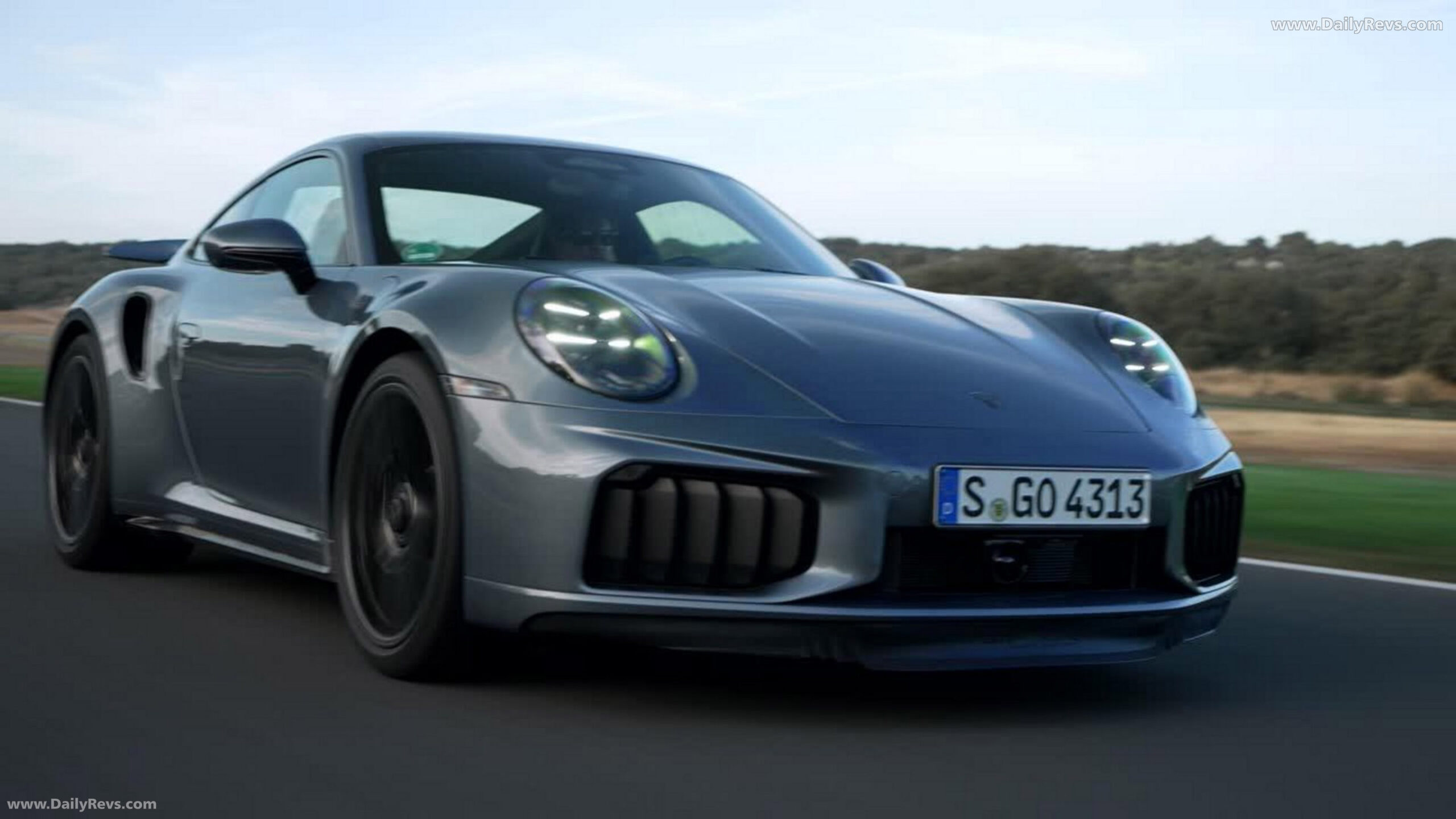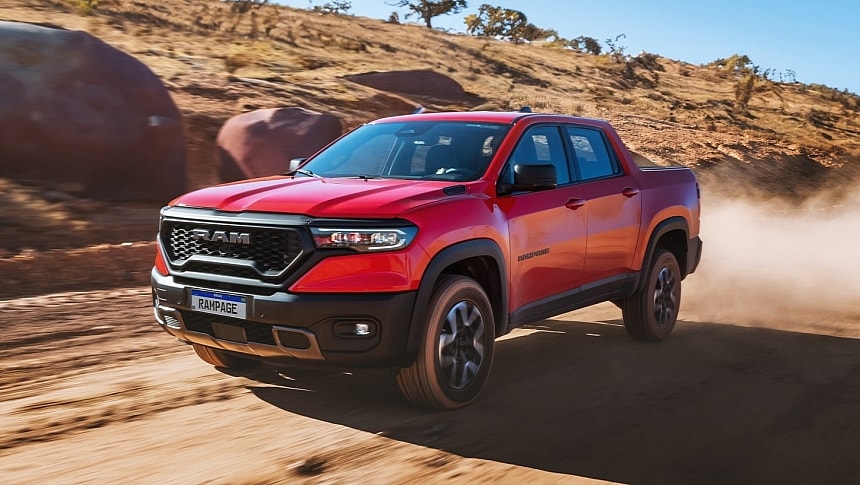Current Megane, launched in 2022, was the first of Renault’s mainstream models to ditch petrol power
PHEV and range-extender powertrains are being considered for the family cars, which are currently EV-only
Renault could bring back petrol-powered versions of the Megane and Scenic after bosses confirmed it is readying a new multi-fuel platform that will underpin the next generation of its C-segment cars.
While it has been created predominantly as an electric architecture, Renault boss Fabrice Cambolive said it has also been designed to accommodate plug-in hybrid and range-extender powertrains.
Cambolive said it will be “a dedicated EV platform” but “if [sales of EVs] are not so rapid as expected, perhaps you can complete this EV pace with some extensions like a range-extender or plug-in hybrid, and that’s what we are working on”.
A launch date for the new platform is likely to be around 2030, said Cambolive. When it arrives, it will be joined by four new models, although not all are expected to sit on the new platform. He said: “Out of the eight [cars promised in our ‘Renaulution’ plan], four are already launched and we want to launch four more.”
Cambolive added that “the next challenge, after launching the first line-up of the C-… B- and A-segments, will be how to renew our C-and D-segments”, and although “a dedicated EV platform works very well on the B-segment”, a multi-energy plan is best for larger models.
Renault Group CEO François Provost said this new platform and next wave of cars are important for the brand “to continue our mission to rule the C-segment, and especially to grow in northern Europe”.
While Provost and Cambolive were coy about the details of which cars the platform will underpin, the timing opens the door for it to be used for a new generation of the CMF-EV-based Megane (which was launched in 2022) and the Scenic (which appeared in 2024). This would allow Renault to bring back combustion power to the nameplates, which are currently sold exclusively as EVs.
Cambolive said the hybrid powertrains would use a set-up whereby drive is operated by electric motors and the petrol engine acts as a generator for a battery – similar to how Nissan’s e-Power system works.
“Do we want serial drive or direct drive? The logic is serial drive, which means electric traction,” he said. A key reason for this is to allow buyers to become familiar with an electric drivetrain but without the range anxiety.
Cambolive wouldn’t give further powertrain details, such as the source of the small petrol engine, but it could plausibly come from Horse, the powertrain maker jointly owned by Renault and Geely.
The launch of the new platform for Renault’s C-segment cars is also part of an effort to speed up production times while lowering costs, as the firm has done with the 21-month turnaround of the Twingo, which was also 25% cheaper to produce than equivalent models.

